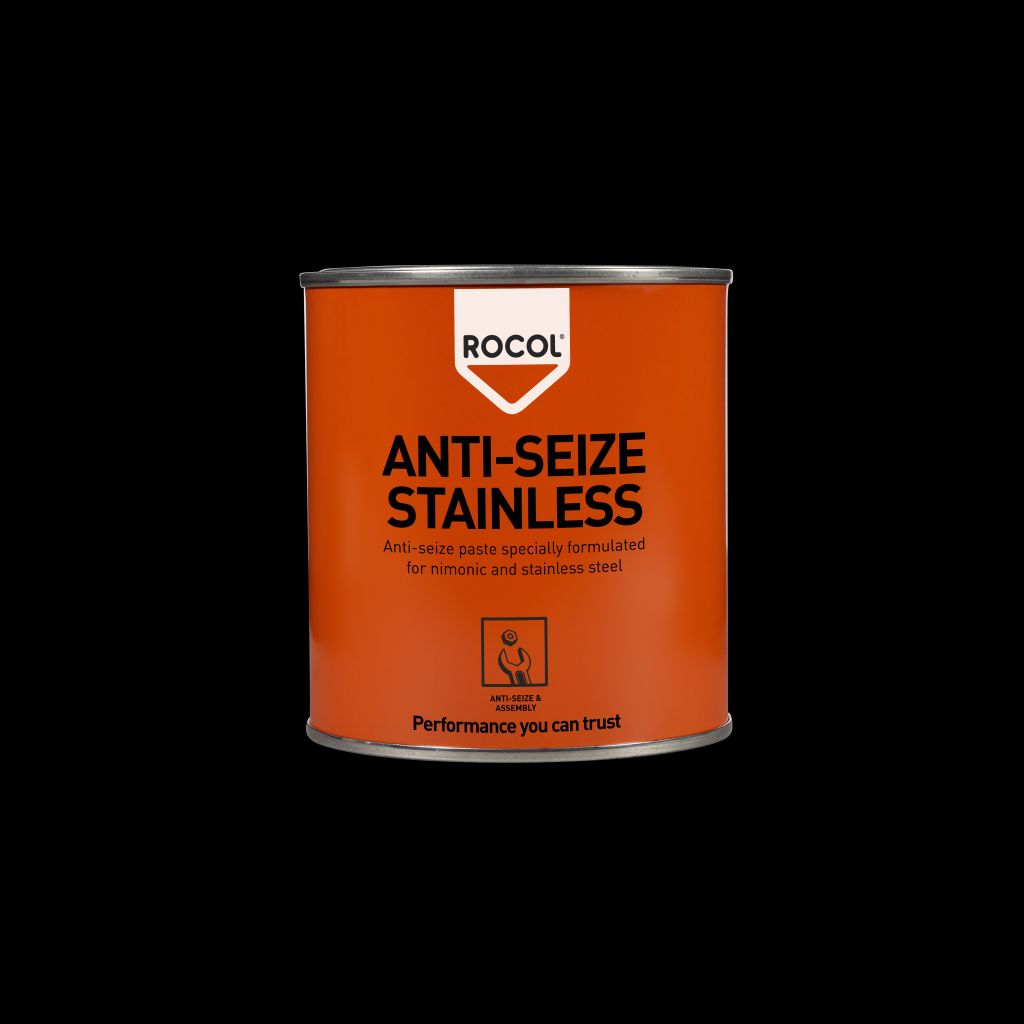Maintenance matters

Simon Parnell, head of sales export at industrial lubricants specialist ROCOL, looks at the role of anti-seize lubricants in aircraft engine maintenance.
Aircraft maintenance is one of the most important activities carried out by commercial airlines. Not only is it essential to meet aviation regulations, but effective planned maintenance enables operators to preserve the safety of passengers and crew, maintain aircraft performance, reduce the risk of costly repairs - and the resulting lost travel time - and extend the lifespan of their fleet.
Aircraft engines operate in some of the harshest and most demanding conditions, and engine manufacturers are continually looking for ways to allow jets to fly for longer between overhauls. This drive for extended maintenance intervals applies just as much to engine upkeep as it does to manufacture, and your choice of maintenance lubricants has an important part to play.
Individual manufacturer performance manuals outline the maintenance requirements for specific aircraft and specify the lubricants to be used in their upkeep. This is for very good reason. Those products have been put through their paces to make sure they meet the high-performance standards laid out by OEMs to ensure optimum aircraft performance.

When it comes to anti-seize and assembly lubrication, the key thing to look for in engine inspections is signs of wear. The most common signs in aircraft engines are fretting - localised corrosion at the interface of two materials as a result of vibration - and pitting - corrosion on the surface of a material.
While aircraft designers go to great lengths to reduce the risk of fretting, it will inevitably occur when parts vibrate against each other. Likewise, galling can occur anywhere where there is movement of mated parts that have limited relative motion and are operating under high loads.
Can anti-seize lube help?
Using high-performance anti-seize compounds has many benefits. They protect surfaces from fretting, galling, seizure and corrosion - all issues commonly discovered during routine aircraft engine checks. They also provide effective lubrication to allow for easier disassembly of bolts, fasteners, and flanges.
Anti-seize lubricants can be pastes, greases or coatings based on a wide range of materials to suit different systems. In greases and pastes, the oil or grease phase provides lubrication at low temperatures. At high temperatures, the oil phase will decompose, and the remaining lubricating solids will provide controlled disassembly after use.
First and foremost, assembly and maintenance products used in aircraft upkeep must be approved by the original equipment manufacturer, so look for a product range that has the relevant approvals or is covered in the OEM performance manual.
Another key consideration in anti-seize selection is the composition and performance at the operating temperature of the system. ROCOL anti-seize lubricants are suitable for use across a temperature range of -50°C to +1100°C. The upper operating temperature of an anti-seize compound is generally defined by the melting, oxidation, or decomposition temperature of the highest-temperature ingredient. However, anti-seize compounds can contain many ingredients that lose their effectiveness at different temperatures, for example, graphite at ~600°C or molybdenum disulphide (MoS2) at ~450°C.
Selecting the most effective lubricant is crucial. Look for manufacturers who offer product selection guides or speak to a reputable supplier for technical advice.
Planned engine maintenance will help ensure that your aircraft stay operational for longer. Using the right lubricants will stop costs spiralling whilst extending aircraft life and time between overhauls.
ROCOL is a trusted global partner for commercial airlines and defence organisations. Its lubricants have been developed to meet internationally recognised OEM and military standards. They carry Airbus, Rolls-Royce and Boeing approvals and are produced to AS/EN 9100.













